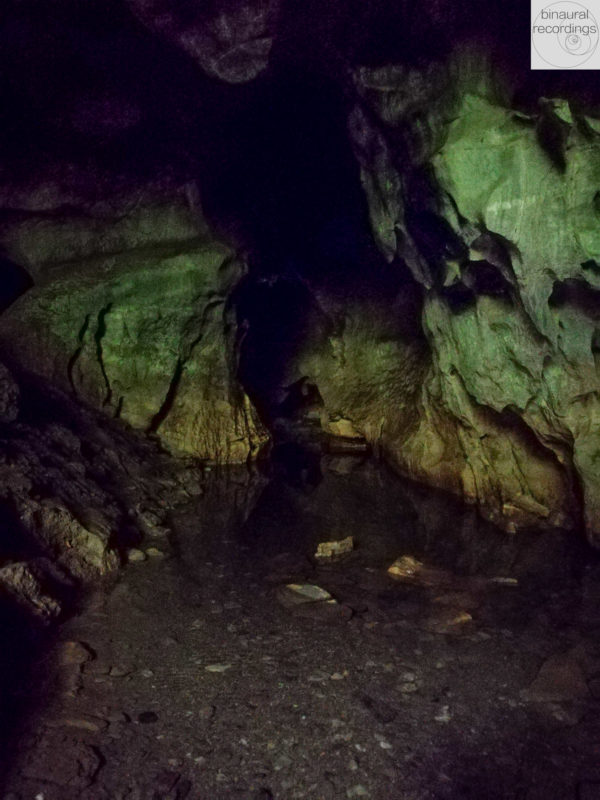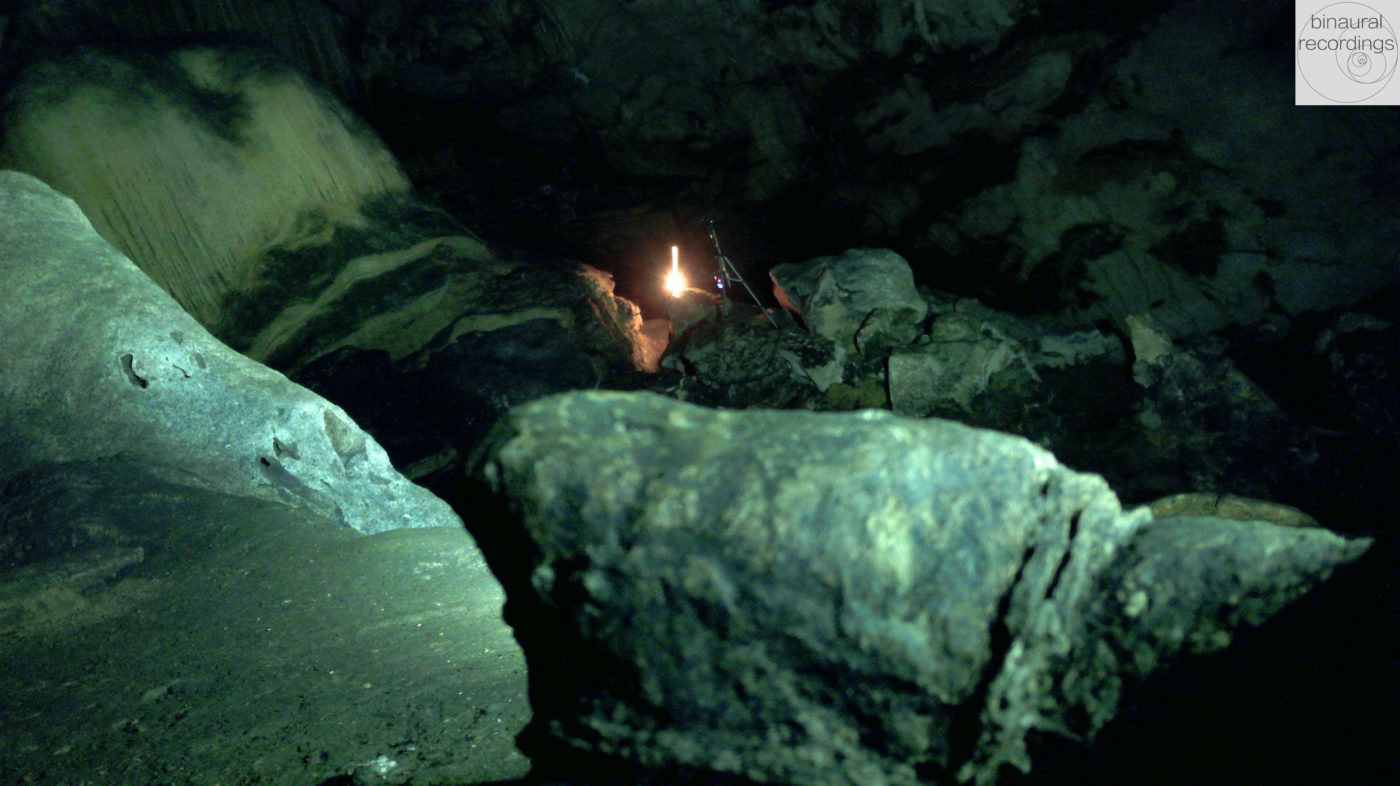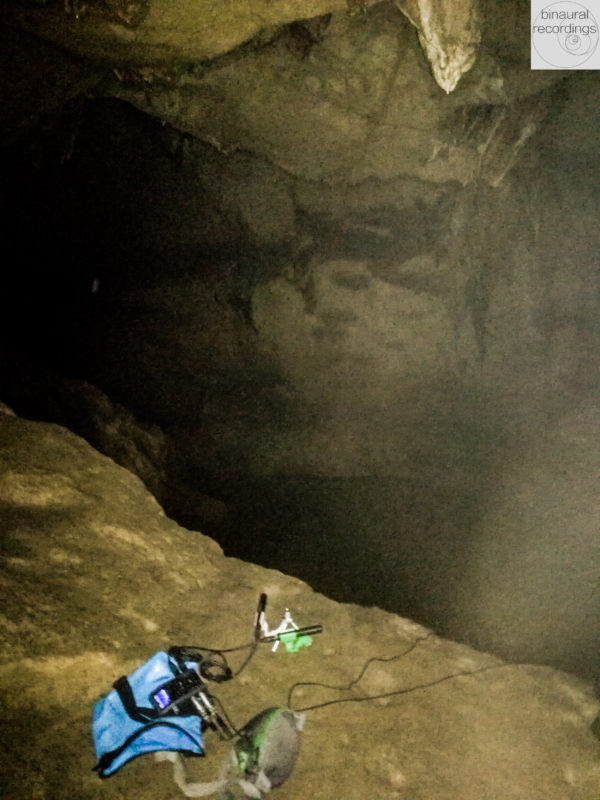This blog is also about listening. So please put on your headphones ?
SOME THOUGHTS ON SOUND AND SPACE
I remember when I first saw the movie Alien how horrified I was by the omnipresent dark, ominous atmosphere expressed by impressive visuals and the disconsolate tone of the music and sound design. Shortly after, I watched the sequel and loved it almost more. I was a kid back then and easier to impress by the action and striking effects of the second movie with James Horner`s music. Both movies had a huge impact on me and I was thinking and dreaming of them for months. Much later while I was studying at the conservatory, I found out by listening to Khatchaturian that the main theme of Aliens was just an outrageous and embarrassing copy of his masterpiece Gayanes Adagio.
OUTER SPACE
Years after that, while I was working as a sound designer, I had to create some multi-channel soundscapes for animated, panoramic movies. One of the scenes was a fictional camera journey through outer space and it was screaming for a “typical” outer-space sound design. I realized then how the aesthetic of the sound in space had been shaped by movies like Alien over the last twenty years. Start with a deep rumble, a drone or a deep room tone, add some down pitched cold wind blowing sound or a synthesized white noise with a frequency modulating peak filter to create your space wind, et voilà – you have your sound. It is as easy as that to create a sonic aesthetic of fear and anxiety.
It is weird that the equivalent acoustical comment to infinite space is almost always artistically expressed by the opposite of infinity, namely by a clearly defined space. I m going to try to explain what I mean: Our ears can determine the size of a room by its enclosure. By calculating the time interval between the arrival of an acoustic signal directly to our ears and the following arrival of its reflections, our brain determines the dimension of space. If there are no surfaces, where the sound can be reflected back to our ears, or if the material of the walls completely absorbs the sound waves, we are not able to understand the dimension or structure of our surroundings.
INFINITY vs LIMITATION
Infinity cannot be measured and exceeds anything of our imagination and perception. This is maybe the reason why infinity gives us a sense of inner restlessness and make us feel uncomfortable. Sound is transmitted by pressure waves through a medium, like air. If there is no medium, for example in outer space where there is a vacuum, there is no audible sound diffusion. We cannot hear or see anything in the infinite space of emptiness.
Since we define depth only by our ability to perceive its limitations, anything beyond our boundaries does not have any depth; it can only be perceived as a flat, imposed theorem. The sky is endlessly deep with stars spread over the infinite space, but to me, it looks like a flat perforated sheet with a light bulb behind it.
To keep it simple: outer space is creepy and endless; since for us endless means unimaginably big, the sound of outer space has at least to sound big and creepy. Now we come to the caves. Caves, with their silent, intimidating, immense but clear defined dimension, their acoustic qualities, the darkness, and stunningly diverse rock formations are the most extra-terrestrial feeling, subterrestrial spaces. They are inhabited by huge insects, blind fish, diaphanous shrimps, bats, snakes and other strange creatures.
CAVES ARE AWESOME
In a cave, you can experience the overwhelming feeling of silence and peace, if there are no other humans around disturbing you and all the other creatures with their “yelling”. Humans tend to be loud in silent and dark environments. This is their way to override their fears. The variety of different sounds in a cave is limited. Nevertheless, because of the extraordinary acoustic characteristics of a cave, every little noise is significant, gets amplified and alienated. Just a single drop and its reverberation (echo), can give you a quite precise image of the size, material of the cave or the ambient humidity even by absolute darkness.
One dominant element in wet caves is the dripping water of the walls and stalactites. Another is the running water of distant or near subterranean rivers and streams running through tunnels and shafts. If the stream is far away, it sounds like the murmur of deep, low extraterrestrial drones. I call them space wind, and this is exactly the sonority of our imaginary image of outer space. Then you have the rippling, splashing, lapping sound of the water, you have resonating frequencies, squeaking sounds of bats and their wind flapping wings and several other animals.
THAM KANG CAVE
I have been in several caves so far in South America, Thailand, and Laos but I want to focus on one specific one, the Tham Kang Cave, which I visited not long time ago. The cave is located outside the village Muang Ngoy in Laos, a beautiful place, isolated by limestone mountains on the shore of the river Nam Ou.

The first thing one sees when entering is a middle size clay cavern with a stream on the right that disappears inside the rocks.

Sometimes the over layered-acoustic elements are too many, like an overpainted picture and it is difficult for somebody without training, to extract and understand the single sounds. Here you can listen to the different elements of the first cavern which I extracted by equalization. In every audio file there is gradually more to hear until the last audio file, and this is how the binaural microphones captured the soundscape.
In the first cavern, there is a small lake that leads to three further flooded dome-shaped rooms. The water was crystal clear with big fishes inside. I went swimming inside the domes and the acoustics in the last one was spectacular. Since the water was too deep and I had no chance to record the last dome without killing my gear, I just tied the little bag of my recorder around my neck with the binaural microphones in my ears, walked into the dome until the water reached my shoulders and recorded:
The following recording is the same with a high-cut filter applied (the filter cuts out all high frequencies) so that you can listen only to the low, deep outer space drone. Pay attention to the slow, shifting wind-like tone. Notice that there is no air circulation there, the sound is created by the distant water traveling through the tunnels. Another element is the repetitive blub tone of the water, hitting the narrow spherical walls, reinforced by the room resonance.
Continuing the journey, I came into a quite big cavern with clay soil. This one was particularly beautiful; I placed the tripod with my ambisonic microphone in the middle of the cavern, lit a candle, found a nice rock to put on my phone for photographing with time exposure, turned off my headlamp and enjoyed the magic atmosphere in the darkness. From time to time I switched on the headlamp to beam shortly at the walls to give the camera some light and also to check for cave centipedes because I saw one when I came inside. I also saw a cave cricket and I know that in places with crickets, there are also predators as cave centipedes and giant huntsman spiders.

Same principle here, without the high frequencies:

By continuing I ended up on a small elevation with a passing river three meters below. This time I placed a pair of microphones on the top and two underwater microphones (hydrophones) down in the water of the river and recorded. In case you wonder how it sounds from both perspectives, here the recordings:
I went to this cave twice. The first time, while exploring it with some friends, we were able to climb down the slope, step inside the river and go for further exploring deeper in. It was amazing. I returned a second time to make the recordings alone, but I knew the cave already quite well. After some hours in this thrilling and absolute peaceful environment, you step out and feel like reborn…
BE PREPARED
I don’t want to sound like your mother, but think about some things before you enter caves:
Caves are very sensitive ecosystems, don’t go to unexplored caves, don’t make loud noises, use only as much light as you need. Be prepared with slip-proof shoes, headlamp and backup lamp, water, waterproof bags.
There is always a risk of injuring yourself. If you go alone, let someone know and be prepared. Don’t beam at bats, be aware of snakes, insects, carbon monoxide poisoning and don’t leave anything behind. Also, there is a good chance coming upon non-inhabitants of the cave for eample snakes, especially near the entrances and exits, who are there looking for shade and coolness.
This is it, I hope you enjoyed. Comments are always appreciated. Cheers!


